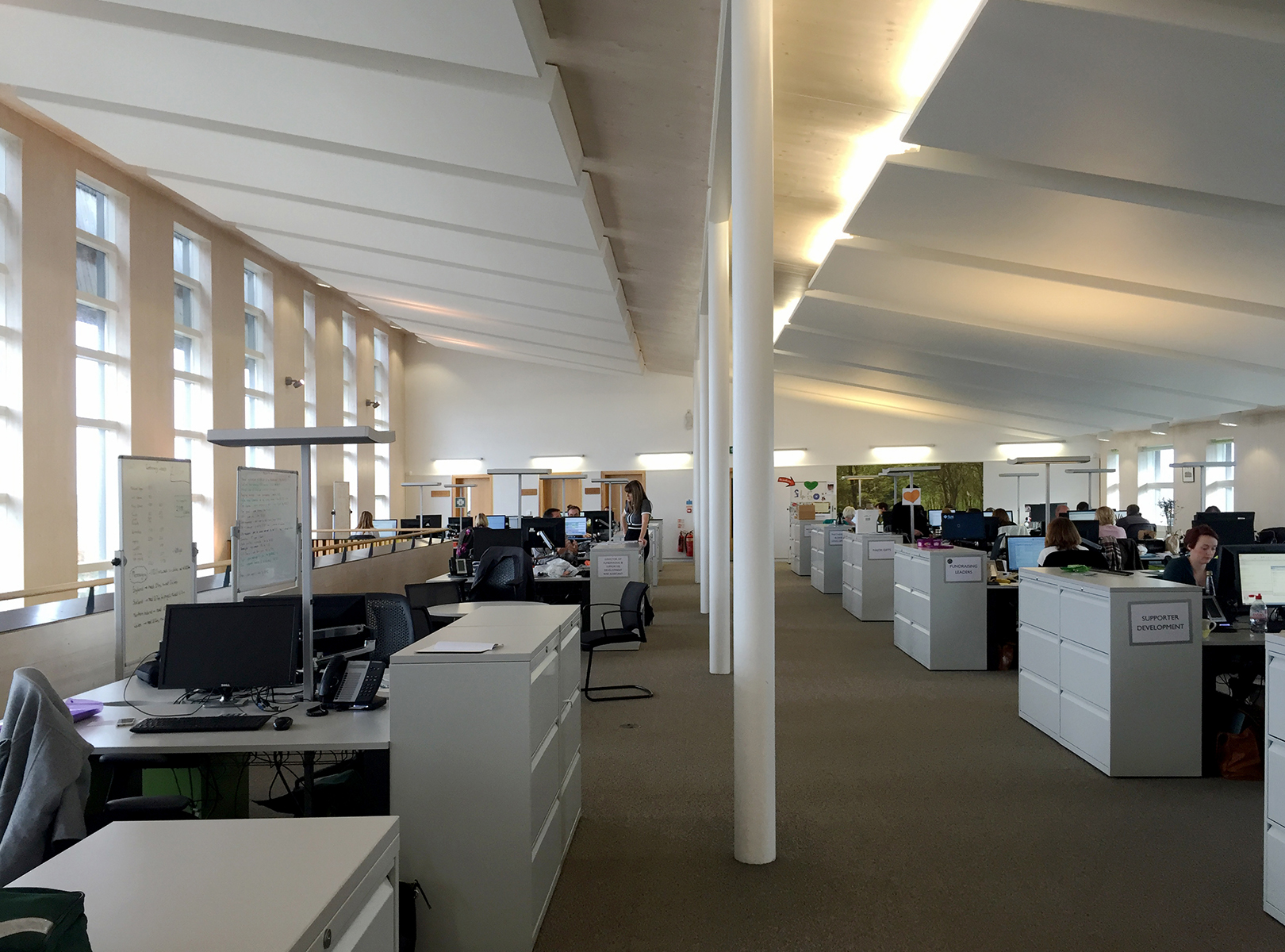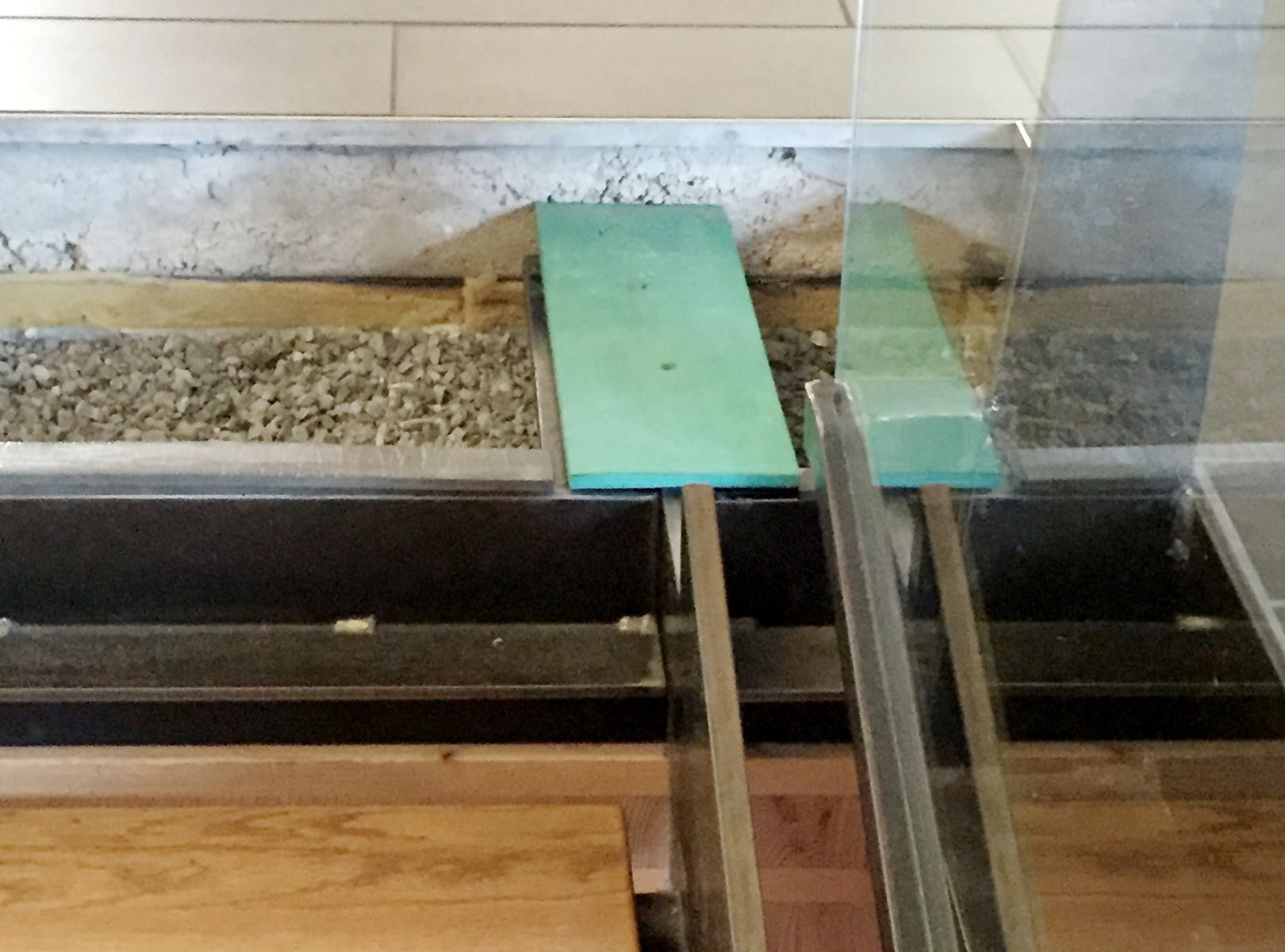
Cross Laminated Timber (CLT) has gained more and more attention because of the increasing amount of timber skyscrapers around the world, with CLT being massively used as the primary structure and enclosure. However, there is another common way of utilizing CLT, which is to create hybrid structures by combing CLT and other heavy-timber elements, or other materials like steel or concrete. CLT is a brilliant material in so many ways, but it isn’t the only answer, especially for projects with less repetition of modules. Every material is better at something. As designers, as always, we need to work with each material’s character to create designs that best utilize each material’s strengths.
Every material is better at something. The whole idea of using the right material is all based around using less.
Benton Johnson
There are two levels of hybrid around CLT we should think about: hybrid structural systems, and composite structural elements.
Hybrid Structural Systems
One of the issues with applying CLT as both floors and interior bearing walls is the limitation of space flexibility. Therefore, many examples that we saw during the Research Travel Fellowship adopted CLT only as floor slabs and roofs, combined with steel or glulam columns and beams. CLT is great as floor slab or roof deck because of its two-way-span nature. Columns allow traditional framed walls to go in between, thus allowing for flexible layout and future renovation flexibilities. Beams are only needed when preferred span distance is greater than CLT panels’ inherent span capability. Fewer beams result in shallower floor structure, which is a big advantage when headroom or floor height is restricted.

For example, we toured two of BSkyB’s new facilities in London that are designed with this kind of optimized hybrid structure. The educational facility is comprised of glulam beam and column frames and CLT floor slabs. The Health & Fitness facility uses a similar concept except the glulam columns are doubled up, supporting innovatively designed wide and shallow beams, further reduced floor-to-floor height. At Woodland Trust’s headquarter, only one row of steel columns and beams are added in the middle of the cross span of floor plates. CLT floors and the roof are supported also by the perimeter CLT structural walls. In all three cases, the floor plans are open and flexible with workstations or gym equipment. The underside of the CLT floors is exposed, bringing warmth and character to the spaces.
In hybrid buildings, besides horizontal elements like floors and roofs, CLT is also a good candidate for vertical elements such as shear walls, exterior bearing walls, and interior bearing walls where changes are least likely to happen. Because CLT has layers in cross-banded orientations, the panels are monolithic and, thus, will have very little shrinkage in either the vertical or horizontal directions.[2] This character makes CLT great as shear walls and core enclosures. For example, at Salzburg University of Applied Sciences, CLT panels are connected to form three-story-tall end walls as shear walls. Many projects that we visited in the UK utilize CLT panels as staircase enclosures, with special surface fire treatment. Although in the US, heavy timber hasn’t been approved to be used at egress cores yet, similarly in Austria. Therefore, many hybrid heavy timber buildings in Austria have concrete egress cores combined with CLT floor or wall structures. As exterior walls, CLT also has big advantages because it can offer not only low thermal conductivity but also high airtightness—again due to the cross-banded layers.
Composite Structural Elements
Taking the concept of “hybrid” to a smaller scale, often times CLT is combined with other material as composite structural elements. The outcome could be maximized structural efficiency, better acoustic performance or better thermal mass. For example, steel meshes epoxied into CLT floors with concrete poured on top provides a much longer free span without interruption of columns, if large open space is desired. Concrete also makes the floor slab stiffer. At one of the world’s largest CLT manufacturer KLH’s office in Austria, we saw an interesting composite CLT floor system. Heated concrete slab and aggregates (gravels) are integrated on top of CLT floors to achieve better acoustic performance. The gravels are loose enough to run conduits in between. At Woodland Trust’s headquarters, the design of the floor/ceiling system is innovative because precast concrete panels are attached below the CLT floors as thermal radiators. In this case, the thermal mass is visible and becomes part of the ceiling language.

There are many other precedents with effective hybrid systems or creative composite components. There are obviously many more new ways of thinking hybrid around CLT. This gives us one more reason to love CLT: it sits in a sweet spot of being standardized enough as a highly engineered product, but also flexible enough to encourage innovation and creativity among collaborations between architects and engineers.
Yang Liu

